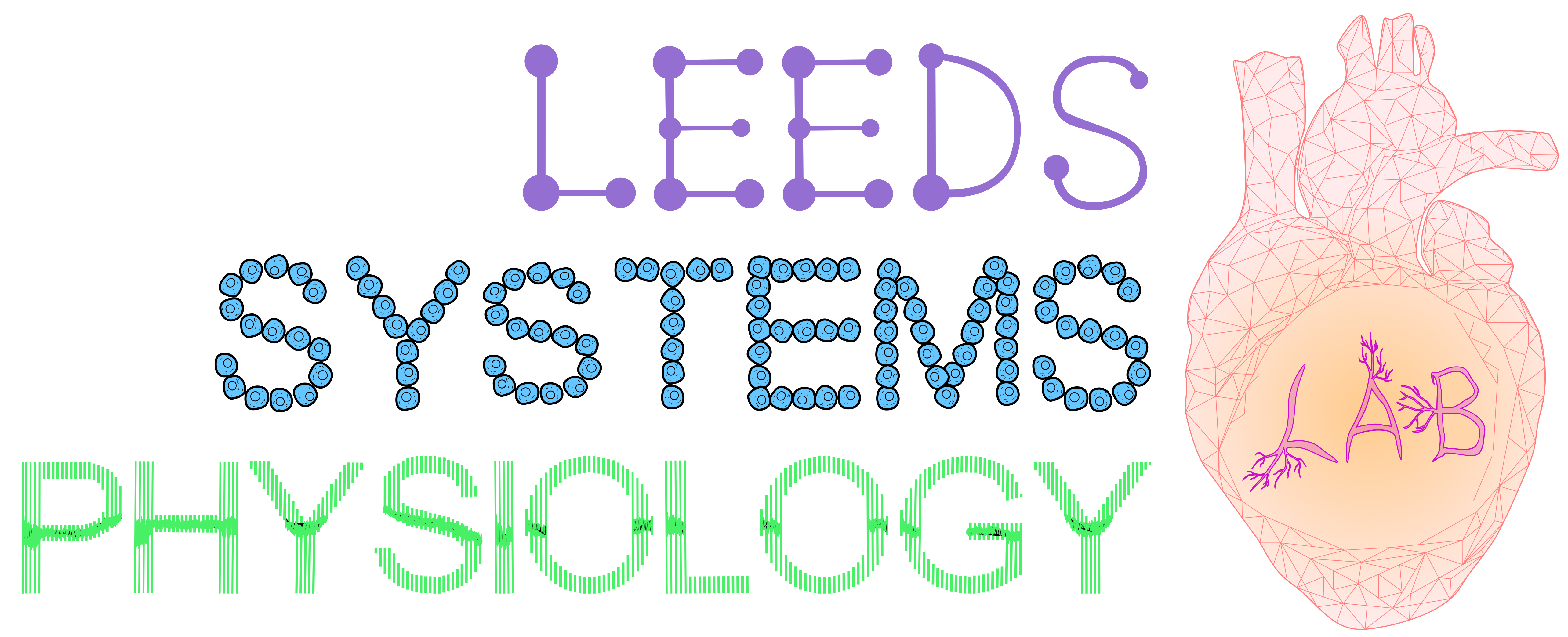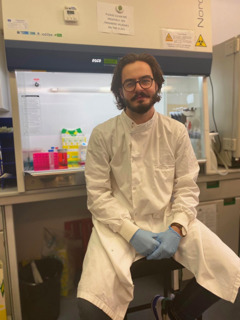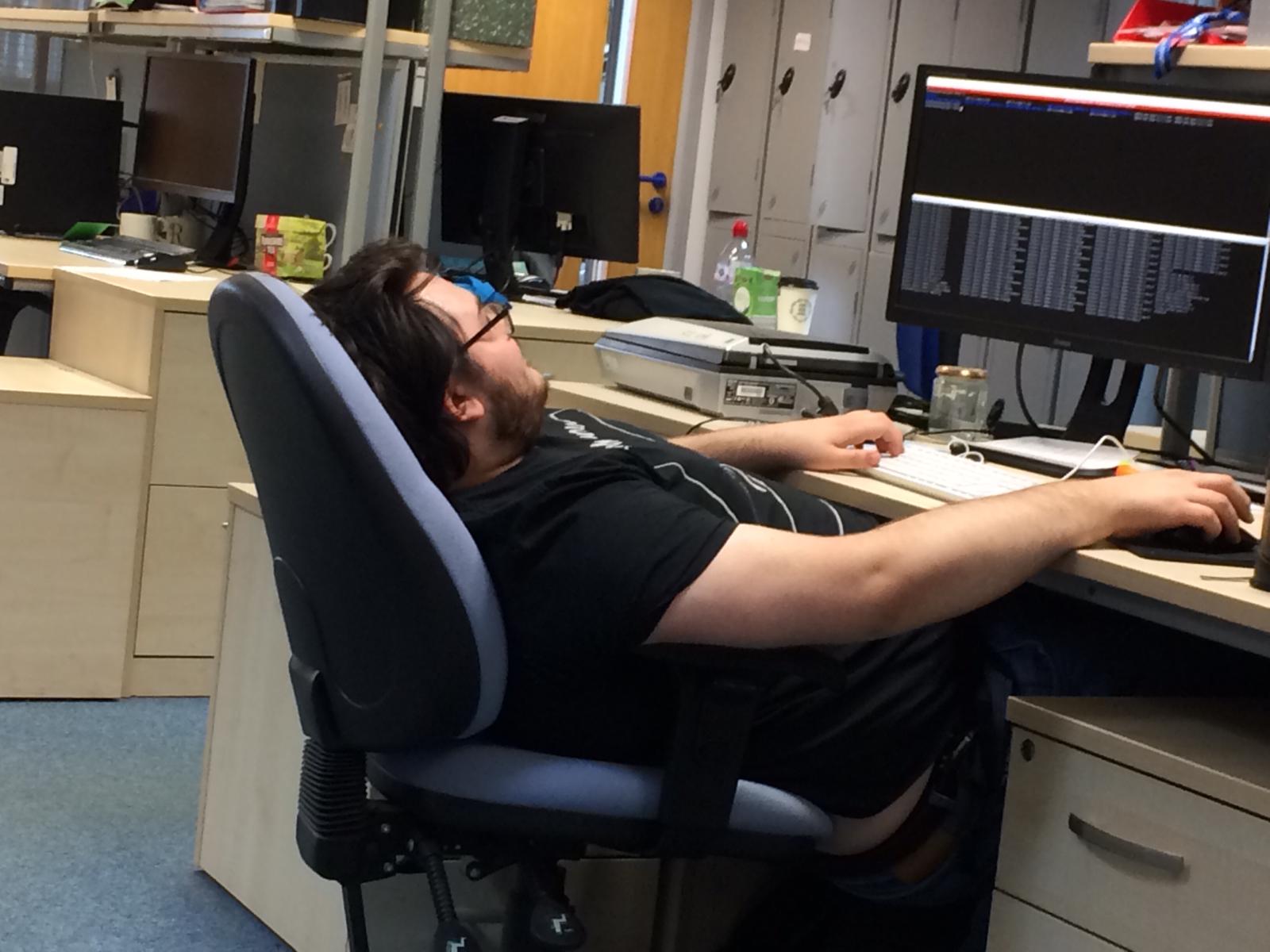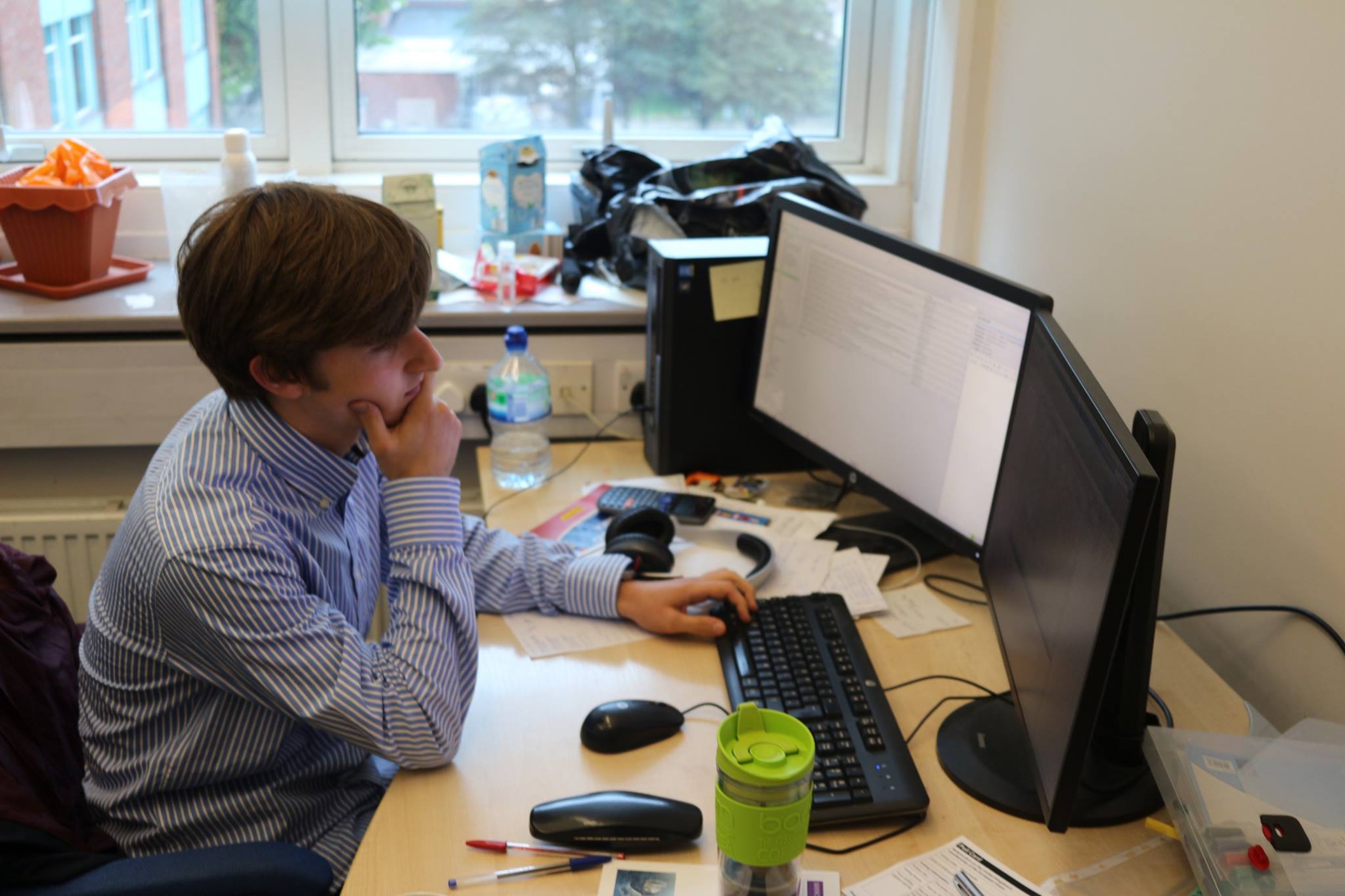Current group members
Mike Colman, Associate Professor in Systems Physiology
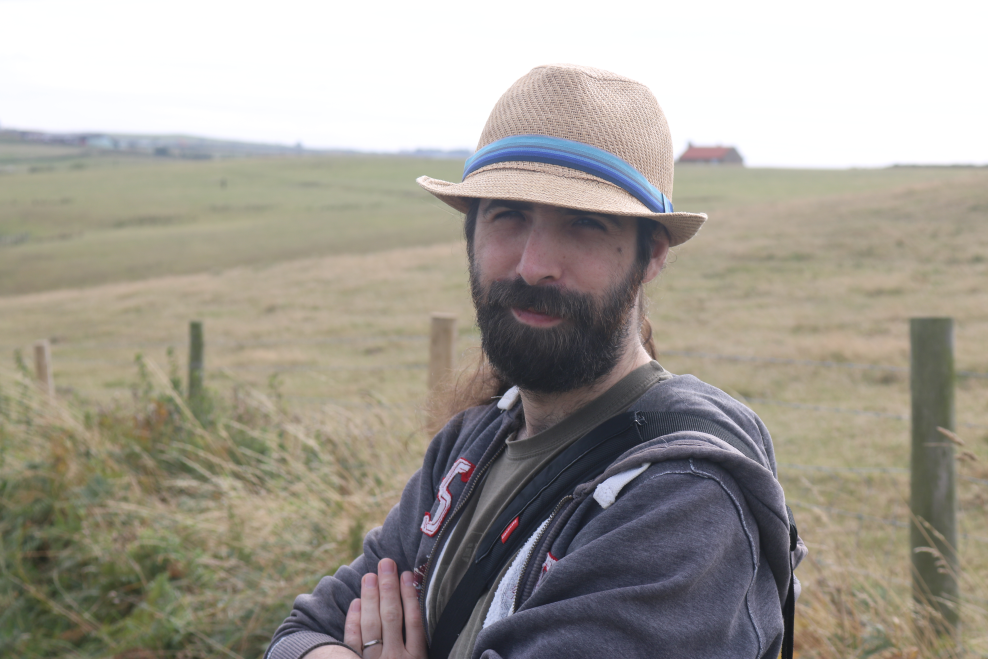
Qualificatons:
- MPhys (Hons) - Physics with Theoretical Physics, University of Manchester, 2008
- PhD
- Physics (Computational Biology), University of Manchester, 2012
Employment history
- 2012-2014 : EPSRC Doctoral Prize Research Fellow, University of Manchester
- 2014-2015 : UMIP Post-doctoral Research Associate, University of Manchester
- 2015-2018 : MRC Strategic Skills Research Fellow University of Manchester/Leeds
- 2016-present: University Academic Fellow, University of Leeds
Research Interests
- Multi-scale mechanisms of cardiac arrhythmias
- Excitation-contraction coupling
- Non-invasive diagnostic approaches
- MPhys (Hons) - Physics with Theoretical Physics, University of Manchester, 2008
Al Benson, Associate Professor in Systems Physiology
Qualificatons:
- Bsc (Hons) - Sports Science, University of Leeds, 2003
- PhD
- Computational Biology, University of Leeds, 2006
Employment history
- 2006-2008 : Post-doctoral Research Fellow, University of Leeds
- 2008-2011 : MRC Special Training Fellowship, University of Leeds
- 2011-2013 : Research Fellow, University of Leeds
- 2013-present: Lecturer in Cardiovascular Sciences, University of Leeds
Research interests
My research interests are in the use of computational models, combined with magnetic resonance and other experimental techniques, to study cardiovascular physiology in health and disease. A particular focus has been the study of cardiac arrhythmias and exercise intolerance in heart failure.
Cardiac arrhythmias
Cardiac arrhythmias are a major cause of mortality and morbidity. Ventricular fibrillation is an often fatal arrhythmia in which the heart’s normal rhythm is disturbed when multiple electrical wavefronts continually re-excite the same tissue (re-entry); synchronous contraction of the ventricles is lost, circulation of the blood ceases and death occurs. Individuals with heart failure have a significantly increased risk of developing such arrhythmias.
Computational cardiac models provide tools for examining the mechanisms underlying the onset of such arrhythmias, and interventions aimed at either preventing this onset or restoring normal sinus rhythm, as the data they provide can be dissected in time and space, and by parameters. Working closely with Dr Michael Colman, we develop biophysically-detailed computational models of the heart (at the sub-cellular, cellular, tissue and organ levels), and use these models to examine the roles that the structural (anatomical) and functional (electrophysiological and mechanical) changes seen in heart failure have on the initiation, maintenance and termination of cardiac arrhythmias such as ventricular fibrillation. To facilitate this, we have recently developed, in collaboration with Professor Ed White and others, an experimental “pipeline” where physiological measurements, optical mapping, novel diffusion tensor magnetic resonance imaging (DT-MRI) measurements and computational simulations can all be linked to study mechanisms leading to the initiation of cardiac arrhythmias.
Exercise intolerance
The ability to sustain muscular exercise is a key determinant of health, quality of life, and mortality. Poor exercise tolerance contributes to a downward spiral of inactivity, which is an “actual cause” of chronic disease, and the cardinal symptom of heart failure is a significant exercise intolerance which limits heart failure patients to a relatively sedentary lifestyle. However, the mechanisms limiting exercise tolerance remain poorly understood. Individuals capable of high rates of oxidative phosphorylation are able to tolerate sustained exercise at high levels. Achieving these high rates depends upon the effective integration of the physiological systems involved in O2 delivery and utilisation, clearance of CO2, and buffering of acid-producing reactions. However, because most conditions of physical activity are nonsteady-state, it is the integrated dynamics of these physiological systems that are most strongly related to exercise tolerance and longevity. Computational models allow us to study the intricately integrated (and therefore non-intuitive) relationships that exist between the different components of such a complex physiological system.
Working closely with Dr Harry Rossiter, Dr Carrie Ferguson and Dr Bryan Taylor, we examine how the pulmonary, circulatory and muscular systems integrate during dynamic activity across the continuum of biological function, from elite athletes to heart failure patients. Experimental data – obtained using cardiopulmonary exercise testing (CPX), near-infrared spectroscopy (NIRS), magnetic resonance spectroscopy (MRS) and other techniques – are used to develop novel computational models integrating physiological systems dynamics. The data generated by these experiments and computational models help us understand how systems dynamics conflate to produce the rapid O2 uptake (VO2) kinetics that are a major determinant of exercise tolerance, and thereby contribute to improving exercise performance, health, quality of life, and longevity.
Links: University page
- Bsc (Hons) - Sports Science, University of Leeds, 2003
Miriam Hurley, Experimental Lead
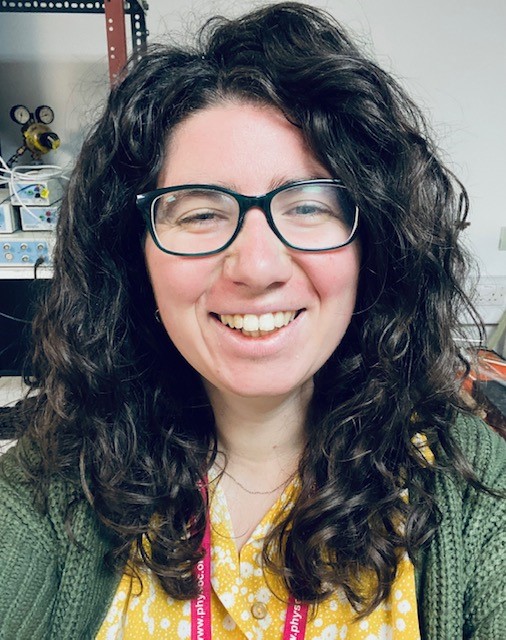
Project
Remodelling of structure-function relationships underlying cardiac dysfunction in ageing: A multi-scale, systems approach (MRC CDA)
Qualificatons:
- Bsc (Hons) International - Human Physiology, University of Leeds (UK) and State University of New York (USA), 2016
- PhD - Cardiac Physiology, University of Leeds, 2021
Employment History:
- 2020-2023 : BHF Post-doctoral Research Associate, University of Leeds
- 2023-present : MRC Post-doctoral Research Associate, University of Leeds
Research Interests
- Structural and functional heterogeneity at the level of the calcium nanodomain in ageing and heart failure
- Role of Purkinje fibres in mechanically-induced arrhythmias
- Combining multiple imaging modalities to understand how a cells local function and structure correlates. Such modalities include; live-cell calcium imaging, electrophysiology and super-resolution microscopy
- RyR and IP3R mediated calcium release mechanisms within dorsal root ganglion neurones
- Bsc (Hons) International - Human Physiology, University of Leeds (UK) and State University of New York (USA), 2016
David Conesa, Post-Doctoral Research Associate

Project
Optogenetic control of organelle “chatter” and effects on calcium dynamics in human cardiomyocytes
Qualificatons:
- Bachelor's degree in Engineering Physics, Universitat Politècnica de Catalunya, 2018.
- Master's degree in Atomistic and Multiscale Computational Modelling in Physics, Chemistry and Biochemistry, Universitat de Barcelona and Universitat Politècnica de Catalunya, 2019.
- PhD - Computational and Applied Physics, Universitat Politècnica de Catalunya, 2025
Employment History:
- 2025-present : 2025-present: Research Fellow in Computational Biology, University of Leeds
Research Interests
-
My research interests lie in the development of general computational models of calcium dynamics in cardiomyocytes,
aiming to understand the functioning of the different main actors involved in the calcium handling system and how this can be translated to cardiac malfunctions and diseases
- Bachelor's degree in Engineering Physics, Universitat Politècnica de Catalunya, 2018.
Molly Southern, NC3Rs PhD student

Project
A computational model of fibrosis and the cardiac conduction system: the next generation of virtual heart models for research and teaching
Qualificatons:
- MBiol – Integrated Masters in Medical Sciences, University of Leeds, 2023
Research Interests
- Multi-scale effects of local electrophysiological and structural changes
- The role of fibrosis on the cardiac conduction system
- The importance of potassium for cellular dynamics in atrial computational models
- MBiol – Integrated Masters in Medical Sciences, University of Leeds, 2023
Victoria Ngugi, Commonwealth Scholarship PhD student

Project
I am currently pursuing a PhD in Medical Physiology at the University of Leeds, focusing on the role of cardiac conduction system remodeling in ageing-related heart dysfunction. My research explores the structural and functional changes in the heart's electrical system, aiming to contribute to the prevention and management of cardiovascular diseases - Commonwealth Scholarship
Qualificatons:
- Higher National Diploma in Clinical Cardiology, Karen Hospital Medical Training College (2019–2021)
- Masters of Science in Human Physiology, JKUAT (2016–2020)
- Bachelor of Science in Clinical Medicine and Community Health, Egerton University (2014–2016)
- Diploma in Clinical Medicine and Surgery, KMTC Meru (2006–2009)
Employment History:
- Lecturer, Medical Physiology, Jomo Kenyatta University of Agriculture and Technology (2018–Present)
- Graduate Assistant, Kabarak University (2017–2018)
- Clinical Officer, Murang’a County Referral Hospital (2011–2017)
Research Interests
My research interests lie in cardiovascular physiology, particularly the remodeling of the cardiac conduction system, cardiovascular disease prevention, and the development of affordable healthcare solutions for underserved populations.
I also focus on promoting heart health through digital health solutions and community outreach.
- Higher National Diploma in Clinical Cardiology, Karen Hospital Medical Training College (2019–2021)
